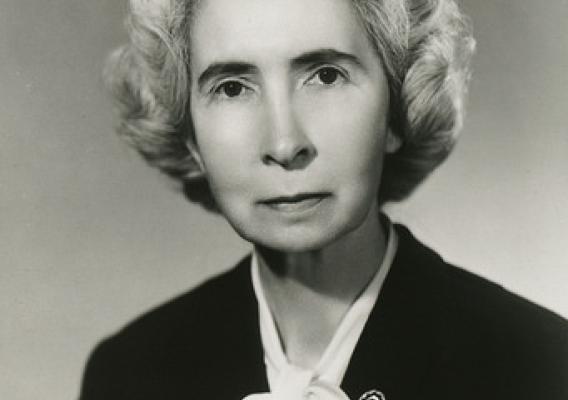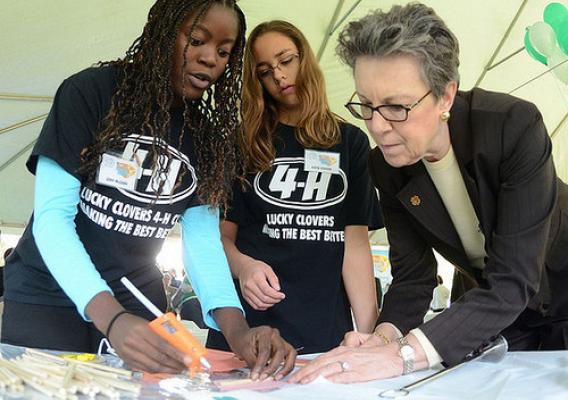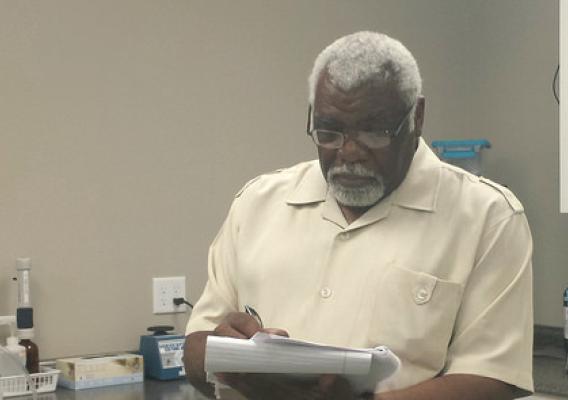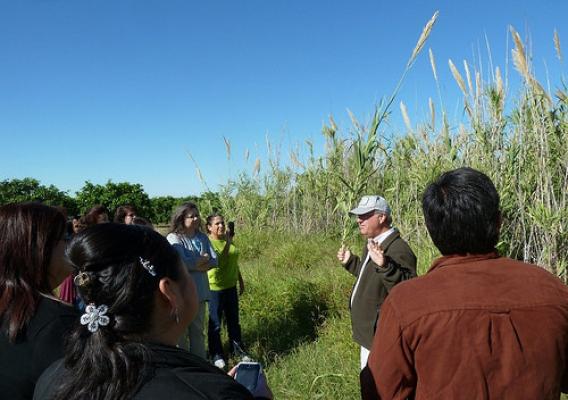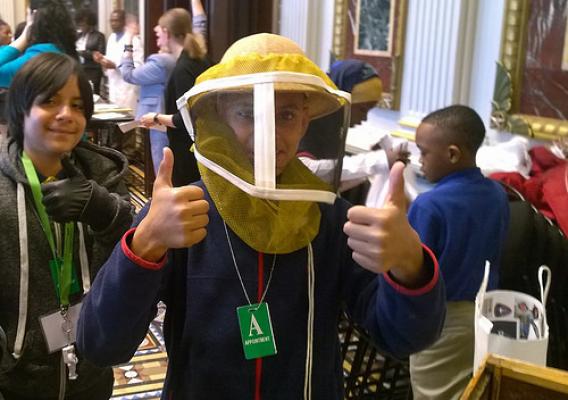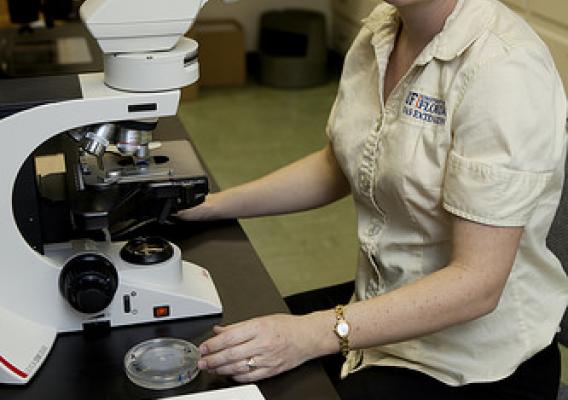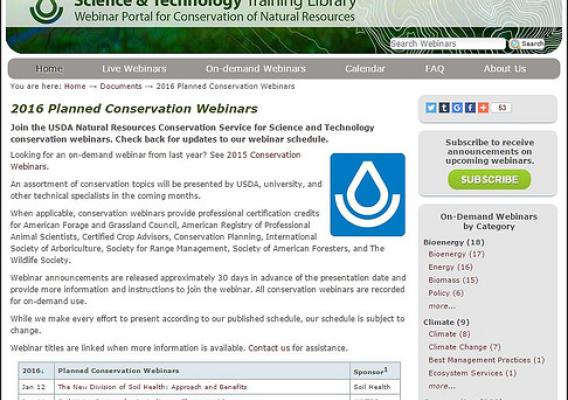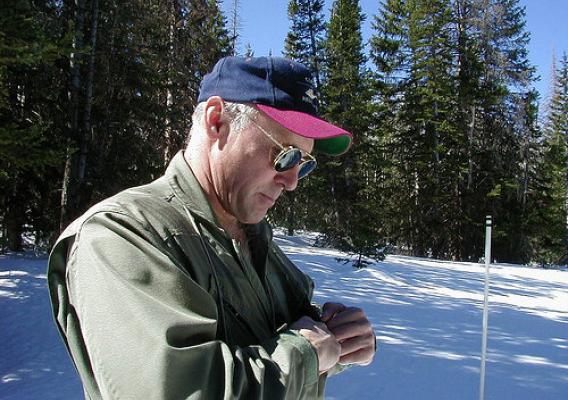With support from the U.S. Department of Agriculture’s National Institute of Food and Agriculture (NIFA), the National Plant Diagnostic Network has grown into an internationally respected consortium of plant diagnostic laboratories dedicated to enhancing agricultural security by protecting health and productivity of plants in agricultural and natural ecosystems.
Dr. Ray Hammerschmidt, President of the National Plant Diagnostic Network, discusses this partnership and the benefits all Americans receive in the following guest post:
Superheroes really do work among us. But, instead of capes and cowls and ice palaces and caves, they are often found in a lab at a public university or state agriculture department, wearing lab coats and working over a microscope.
These men and women work daily to protect our communities and crops from dangerous pests and pathogens. They are plant pathologists, entomologists, nematologists, weed scientists, and other plant scientists who work diligently to mitigate the impact of endemic, emerging, and exotic pathogens and pests that attack agricultural, forest, and landscape plants in the United States.

